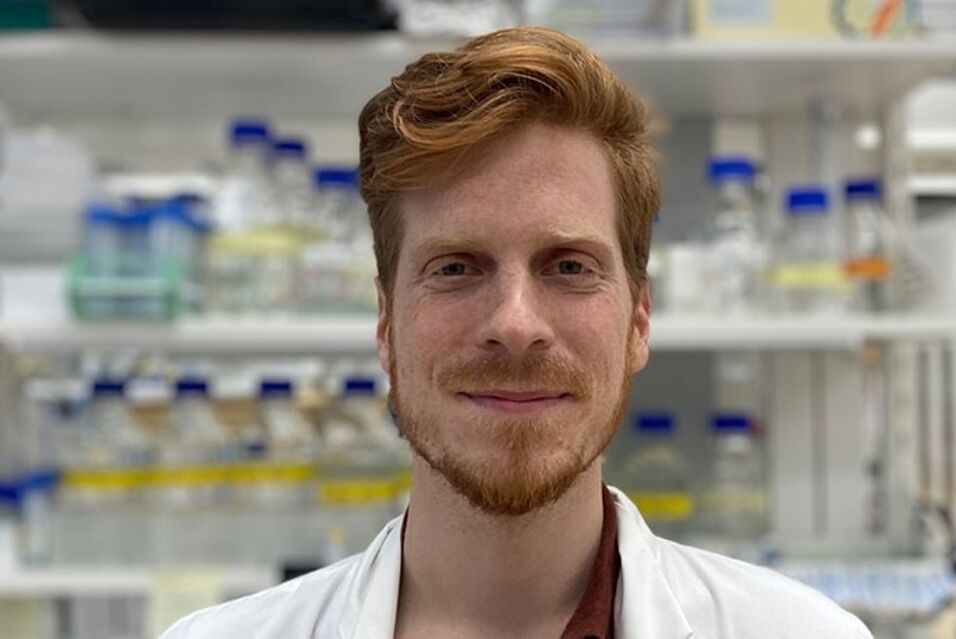MSc Student
Advisor: Grigory Genikhovich
Division of Molecular Evolution and Development, Department of Neuroscience and Developmental Biology
University of Vienna
Abstract
In Bilateria, Hox genes encode transcription factors that govern anterior-posterior (A-P) patterning. They are expressed in staggered, partially overlapping domains along the A-P axis, and provide each region with a unique “Hox code”. Interestingly, the Hox genes, which are expressed more posteriorly functionally override the effect of the more anteriorly expressed Hox genes. This phenomenon is not exclusive to bilaterians. In an anthozoan cnidarian Nematostella vectensis, three Hox genes (HoxE, HoxB, and HoxDa) and a non-Hox homeobox gene Gbx are expressed in staggered, partially overlapping domains along the secondary “directive” body axis under the direct control of BMP signaling. The expression boundaries of these four genes exactly correspond to the boundaries of the eight mesenterial chambers, which can be viewed as segments. Loss-of-function experiments show that Nematostella Hox genes and Gbx are responsible for the developmental fate of the segments and, curiously, for the formation of all the segment boundaries. Moreover, every Hox gene with its expression boundary closer to the original "strong BMP" end of the directive axis (future S5 segment) somehow suppresses the function of all the other Hox genes despite being co-expressed with them at the mRNA level. The aim of my Master's project is to generate the tools that will enable the analysis of this functional interplay between the Hox genes. I will use CRISPR/Cas9-mediated gene knock-in to C-terminally tag HoxB with GFP, HoxDa with mCherry, and Gbx with mCerulean. In the future, these lines will allow one to see directly whether HoxB-GFP, HoxDa-mCherry, and Gbx-mCerulean are present throughout the whole expression domain of the HoxB, HoxDa, and Gbx, or only in the segments, which are specified by each of these genes. Furthermore, they will enable one to assess DNA binding by the Hox/Gbx proteins using CHIP-Seq with antibodies against the tags. Moreover, to study the role of maternally deposited proteins in early development, I have designed and tested a nanobody based protein degradation system that allows the targeted degradation of fusion proteins tagged with mCherry or GFP.

